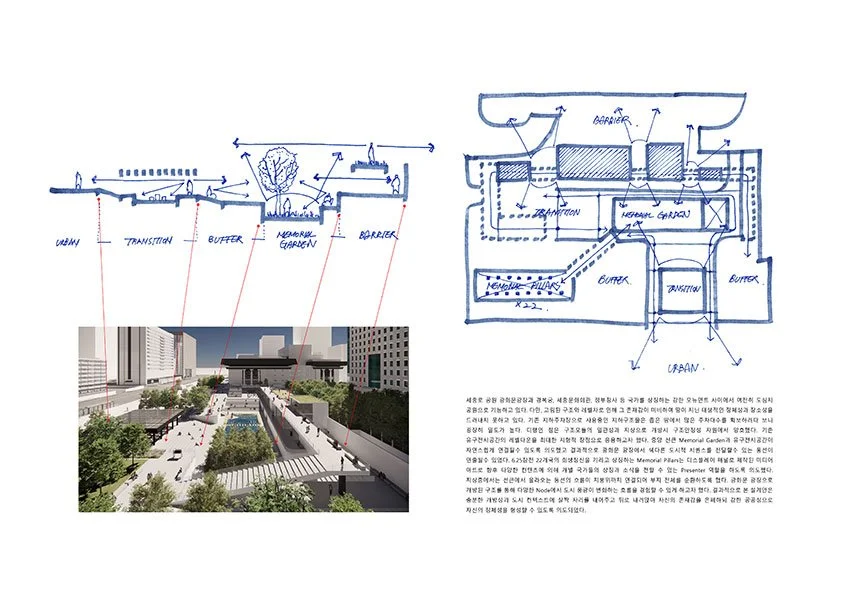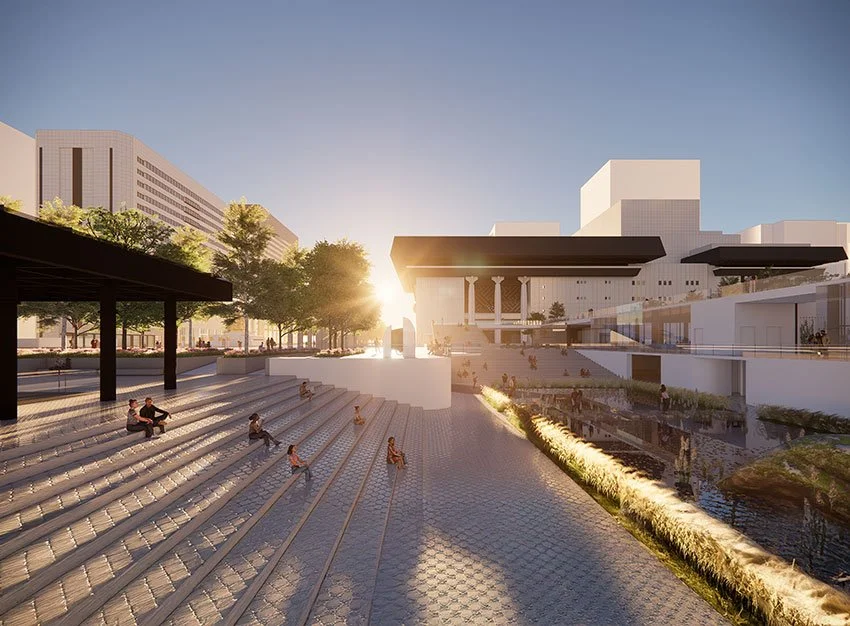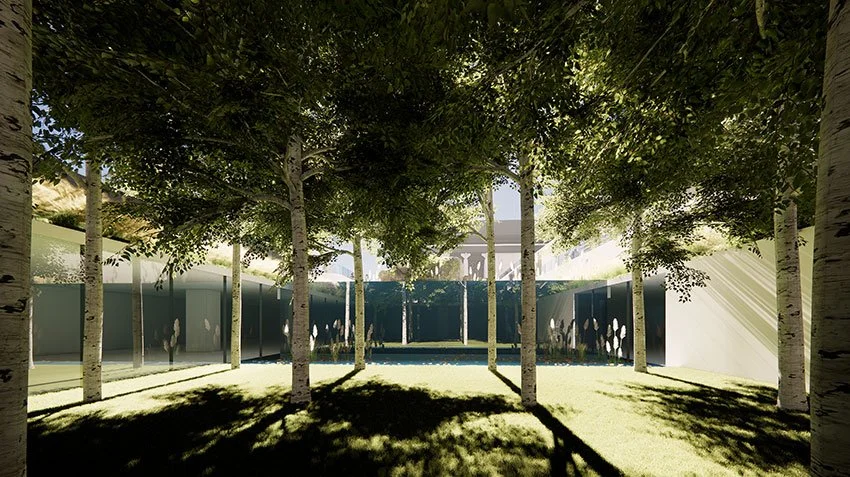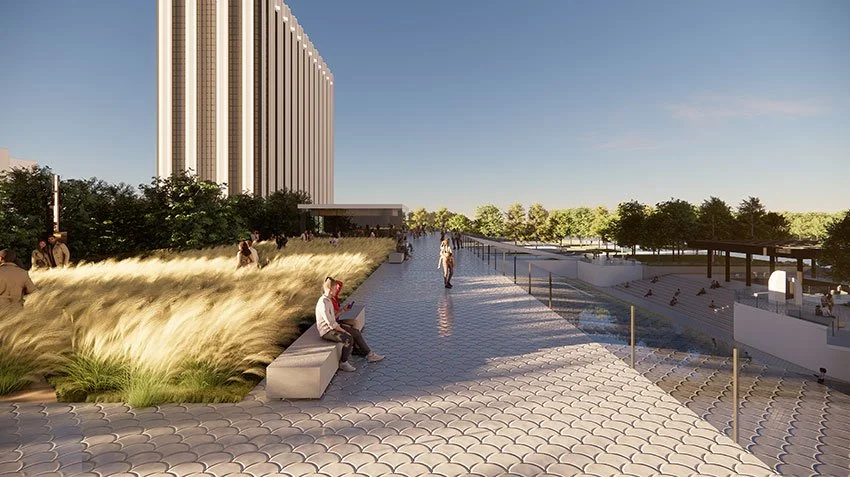CROSSING BORDERS / Director. Simeon Lumgair
ㅤ
In the winter of 2014, I met director Simeon Lumgair at Kaldi Coffee in Wimbledon Station. As an acquaintance, he offered me a role in his upcoming omnibus film. The concept of filming the daily lives of 24 people in 24 countries over 24 hours truly intrigued me. I agreed, stipulating that I should film their daily lives, as I couldn't possibly act. He wanted to capture the unfiltered life of a Korean architect working in London. He wanted to capture my workspace and the daily lives with my colleagues, but company security prevented him from filming the latter. This video is an edited version of the footage, following my daily life and exploring the importance of places that remain in our memories, conversations with acquaintances about the psychological processes in architecture, and the process of working in my studio. This year marks the 11th anniversary of that film, and I've seen significant changes in my appearance and voice. Fortunately, however, my values, sense of professional calling, and the development of my thinking remain largely unchanged. Having chosen the profession of architecture, a profession that blossoms only after 60, I now find myself walking and running along a lonely path. The thought of spending the rest of my life in London, where the traces of my sweat and tears remain, always makes me bounce. Having a place I'd gladly return to is a source of immense luck and happiness. Architecture, my only irreplaceable hobby and my most confident profession, has become my daily routine. Yet, this grand karma reminds me that living simply as a human being can ultimately be more valuable. I extend my deepest gratitude to Simeon Lumgair for documenting and capturing those great moments with such exquisite detail.
ㅤ
2014년 겨울, Wimbledon 역 Kaldi Coffee에서 감독 Simeon Lumgair를 만났다. 개인적인 친분이 있었던 그는 내게 계획하고 있는 단편영화에 출연해 달라는 제안을 했다. 24개의 국가에서 24시간 동안 24인의 서로 다른 일상을 필름에 담겠다는 옴니버스 컨셉이 굉장히 흥미로웠다. 도저히 연기는 못하겠으니 일상생활을 찍는다는 조건으로 승낙을 했다. 그는 런던에서 일하는 한국인 건축가의 일상을 여과없이 보여주고자 했다. 개인 작업실에서의 모습, 회사에서의 동료들과의 일상들을 담고 싶어했으나 회사 보안으로 인해 직장생활은 담아내지 못했다. 업로드한 영상은 촬영본의 일부 편집본으로 일상을 따라다니며 우리의 기억 속에 남아있는 장소의 중요성, 건축에서 심리적 행동에 관한 지인들과의 대화, 개인 작업실에서의 작업 과정을 담고 있다. 올해는 그로부터 11년이 되는 해로 나의 외모도 목소리도 적잖은 변화가 생겼다. 다만 내가 추구했던 인생의 가치관, 직업적 소명의식, 생각의 전개 과정등은 크게 변하지 않은거 같다. 60이 넘어야 꽃을 피우는 건축가라는 직업을 택해, 외길을 걷고 있다. 내가 흘렸던 눈물과 땀의 흔적이 남아있는 런던에서 여생을 보낼 생각을 하면 벅차오른다. 기꺼이 돌아갈 곳이 있다는것은 커다란 행운이고 행복이다. 대체불가한 유일한 취미이자 가장 자신있는 일인 건축은 내 일상이 되어있다. 그런데 이 거창한 업보는 요즘 내게 결국 한명의 인간으로서 소소히 살아가는 것이 더 값질 수 있음을 일깨워 준다. 당시의 모습을 기록하고 근사하게 찍어준 Simeon Lumgair에게 깊은 감사를 전한다.















































